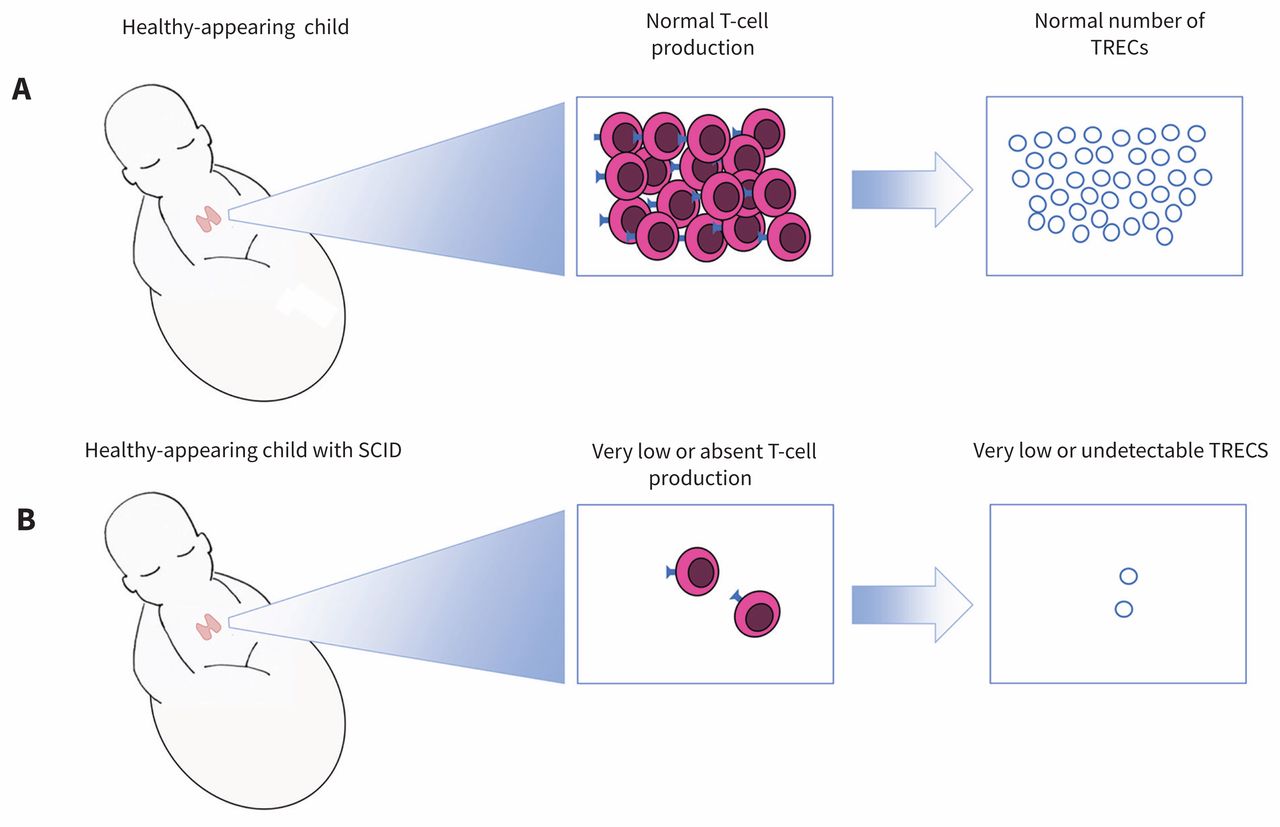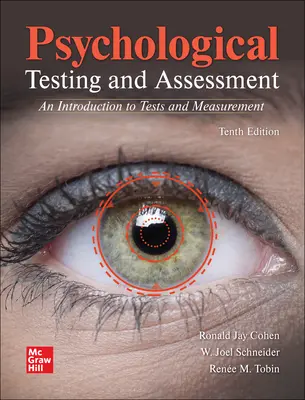
To characterize a study population in terms of current and previous psychiatric diagnoses.For example, in a study of the effectiveness of a treatment for depression, the SCID-5 can be used to ensure that all of the study subjects have symptoms that meet the DSM-5 criteria for Major Depressive Disorder and that all of the subjects with a history of any Substance Use Disorder in the past 12 months are excluded. For example, the SCID can be used in clinical intake procedures or in comprehensive forensic diagnostic evaluation. To ensure that the major DSM-5 diagnoses are systematically evaluated.The SCID-5 can be used in a variety of ways:
#SCID TEST PSYCHOLOGY PROFESSIONAL#
It is administered by a clinician or trained mental health professional that is familiar with the DSM-5 classification and diagnostic criteria. The Structured Clinical Interview for DSM-5 (SCID-5) is a semi-structured interview guide for making DSM-5 diagnoses. Join our mailing list! Click here to sign up.īrowse by Publisher > American Psychiatric Assn Publishing > SCID - Structured Clinical Interview Using DSM 5
#SCID TEST PSYCHOLOGY FREE#
Free shipping across Canada for orders over $150. Open for browsing 9-6 Mon-Sat and 12-5 Sunday. May 26th - Empowering Mental Health Professionals to Address Addiction in Family Therapy Īgencies and other institutional orders (click here) May 19th - Shame, Pride, and Relational Trauma: Concepts and Psychotherapy May 19th - American Psychiatric Association Annual Meeting 2023 May 18th - Toronto book launch of White Riot: The 1907 Anti-Asian Riots of Vancouver doi: 10.1016/j.jaci.2004.10.012.Caversham Booksellers: SCID - Structured Clinical Interview Using DSM 5

Development of population-based newborn screening for severe combined immunodeficiency. Transplantation outcomes for severe combined immunodeficiency, 2000–2009. Pai S, Logan B, Griffith L, Buckley R, Parrott R, Dvorak C, et al. The natural history of children with severe combined immunodeficiency: baseline features of the first fifty patients of the primary immune deficiency treatment consortium prospective study 6901. Human severe combined immunodeficiency: genetic, phenotypic, and functional diversity in one hundred eight infants. doi: 10.1007/s1087-1.īuckley RH, Schiff RI, Schiff SE, Markert ML, Williams LW, Harville TO, et al. Clinical characteristics and genetic profiles of 44 patients with severe combined immunodeficiency (SCID): report from Shanghai, China (2004–2011) J Clin Immunol. Yao C, Han X, Zhang Y, Zhang H, Jin Y, Cao R, et al. Adapting the screening algorithm for pre-term/ill infants reduces the amount of false positive test results. The TREC cut-off score determines the percentage of non-SCID TCL cases detected in newborn screening for TCL. The sensitivity of TREC based NBS for typical SCID was 100 %. Individual TREC contents in all SCID patients was <25 TRECs/μl (except in those evaluated with the New York State assay). PPV within the five largest cohorts was 0.8-11.2% for SCID and 18.3-81.0% for TCL. In the prospective cohort studies, SCID incidence was ~1.7:100,000, re-test rate was 0.20-3.26%, repeat DBS rate 0.0-0.41% and referral rate 0.01-1.35%. In case series, the sensitivity for typical SCID was 100%.
#SCID TEST PSYCHOLOGY SERIES#
Thirteen studies were included, re-confirming 89 known SCID cases in case series and reporting 53 new SCID cases in 3.15 million newborns. We calculated positive predictive value (PPV), test sensitivity and SCID incidence. We extracted TREC content and cut-off values, number of retests, repeat DBS and referrals, and type and number of typical SCID and other T cell lymphopenia (TCL) cases.

PubMed, EMBASE and the Cochrane Library were systematically searched for case series and prospective cohort studies describing TREC based NBS for SCID. To systematically review the diagnostic performance of published algorithms for TREC based NBS for SCID. In recent years, different screening algorithms for TREC based SCID screening were reported.

Newborn screening (NBS) by quantifying T cell receptor excision circles (TRECs) in neonatal dried blood spots (DBS) enables early diagnosis of severe combined immunodeficiency disease (SCID).


 0 kommentar(er)
0 kommentar(er)
